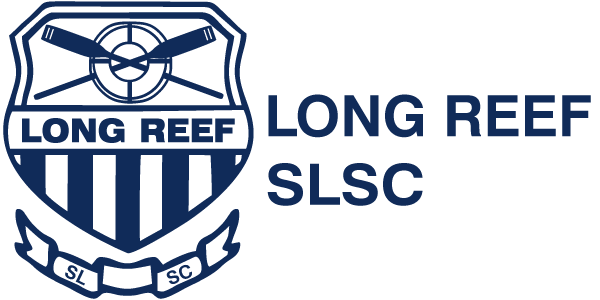About Surf Life Saving
Since its inception in the early days of 1907, the Surf Life Saving movement, has expanded its role as a rescue organisation: from using the reel line and belt as its primary rescue piece of equipment to high-tech rescue aids such as powerful offshore rescue boats, manoeuvrable inflatable rescue boats (IRB), sophisticated communication systems and high profile helicopter rescue services; to become one of Australia’s most iconic organisations.
Surf Life Saving is about satisfaction. Having fun, being physically fit, learning teamwork and aquatic safety skills, and competing in surf sports all helps make spending time at the beach a safer pastime. Surf Life Saving can offer a range of opportunities which promote: • A healthy lifestyle • A sense of pride • A sense of responsibility and purpose • Positive social relationships
Your Safety is our priority.

Understanding the ocean is very important – the more you know about how waves, wind and tides affect conditions in the water, the better able you are to keep yourself safe from danger. Recognising danger signs and awareness of surf conditions is an essential part of Surf Life Saving. Remember the F-L-A-G-S and stay safe this summer… Find the flags and swim between them – the red and yellow flags mark the safest place to swim at the beach. Look at the safety signs – they help you identify potential dangers and daily conditions at the beach. Ask a Surf Life Saver – surf conditions can change quickly so talk to a surf lifesaver or lifeguard before entering the water. Get a friend to swim with you – look out for each other’s safety and get help if needed: children should always be supervised by an adult. Stick your hand up for help – if you get into trouble in the water, stay calm and raise your arm to signal for help: float with a current or rip, don’t try to swim against it. Long Reef Patrol operations. Our beach is patrolled every weekend from the September school holidays through to Anzac Day each year. Enjoy our beach during our ‘safe’ hours. So what exactly do Surf Life Savers do? Surf Lifesavers provide patrol services on most of Australia’s populated beaches in the swimming season, September to the end of April. Surf patrols are made up of a group of Surf Life Savers who set up the red and yellow flags which mark the safety area for swimming on Australian beaches. Long Reef has 13 patrol groups, each made up of one Patrol Captain and a team of approximately 8-12 surf lifesaving members. There’s around 150 volunteers a month patrolling our section of beach.

Is Surf Life Saving just about being a Surf Life Saver?
There is a place for everyone in the Surf Life Saving organisation. If you are unable to perform the duties of an active Surf Life Saver, then perhaps assistance in the administration, communications, or fundraising is for you. Participation in Surf Life Saving leads to bigger and brighter futures for all members regardless of age or background and Long Reef SLS club provides many opportunities. Not only do we provide the traditional beach patrols, Surf Life Saving also runs: • Community and school education programs • Helicopter and jet and offshore rescue boat services • Radio communications network • Medical research program • Geographical conditions database • Wave action and hazard rating on all beaches across Australia The Surf Life Saving organisation has become a lot more than just saving lives in the water. Long Reef SLSC is a fun and family orientated group offering social functions where members and the community can gather as friends and neighbours who share similar passions. How do I become a Surf Lifesaver? Long Reef SLSC runs accredited Surf Life Saving Australia courses and is a Registered Training Organisation. To become a Surf Life Saver you must obtain a certified qualification, the two main qualifications being:
- Surf Rescue Certificate (SRC): Age 13-15
- Bronze Medallion (Certificate II in Public Safety- Aquatic Rescue): Age 15+
Once you have completed your course you will be awarded your official red and yellow quartered cap and patrol uniform, and assigned to a patrol team where you’ll build skills and experience with the help of other qualified Life Savers. From here you will also have the opportunity to obtain further skills and qualifications including:
- IRB Drivers Certificate (part of Silver Medallion)
- Basic Beach Management (part of Silver Medallion)
- Advanced Resuscitation Certificate (ARC)
- Spinal Management
- Gold Medallion

